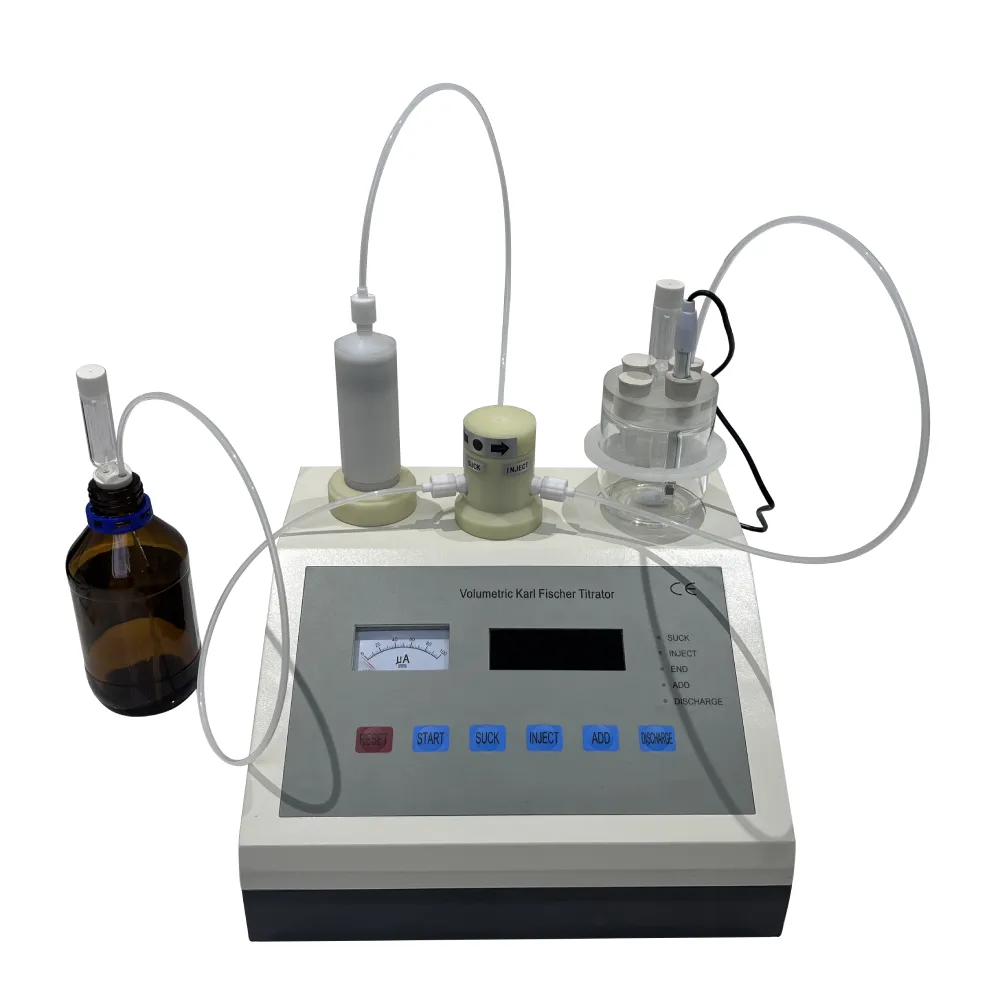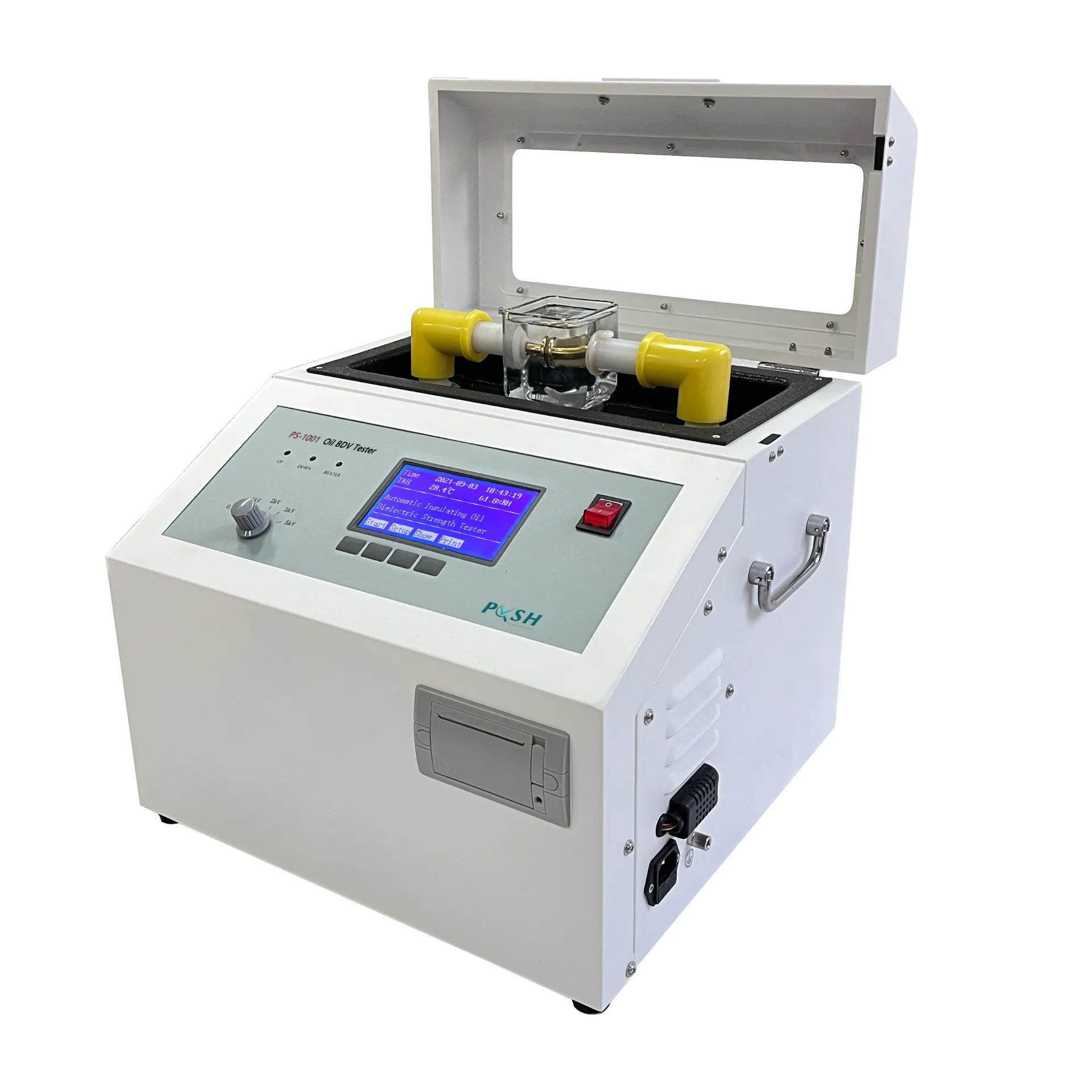TEL:
+86-0312-3189593
 English
English

Telephone:0312-3189593

Email:sales@oil-tester.com

-
 Afrikaans
Afrikaans -
 Albanian
Albanian -
 Amharic
Amharic -
 Arabic
Arabic -
 Armenian
Armenian -
 Azerbaijani
Azerbaijani -
 Basque
Basque -
 Belarusian
Belarusian -
 Bengali
Bengali -
 Bosnian
Bosnian -
 Bulgarian
Bulgarian -
 Catalan
Catalan -
 Cebuano
Cebuano -
 China
China -
 China (Taiwan)
China (Taiwan) -
 Corsican
Corsican -
 Croatian
Croatian -
 Czech
Czech -
 Danish
Danish -
 Dutch
Dutch -
 English
English -
 Esperanto
Esperanto -
 Estonian
Estonian -
 Finnish
Finnish -
 French
French -
 Frisian
Frisian -
 Galician
Galician -
 Georgian
Georgian -
 German
German -
 Greek
Greek -
 Gujarati
Gujarati -
 Haitian Creole
Haitian Creole -
 hausa
hausa -
 hawaiian
hawaiian -
 Hebrew
Hebrew -
 Hindi
Hindi -
 Miao
Miao -
 Hungarian
Hungarian -
 Icelandic
Icelandic -
 igbo
igbo -
 Indonesian
Indonesian -
 irish
irish -
 Italian
Italian -
 Japanese
Japanese -
 Javanese
Javanese -
 Kannada
Kannada -
 kazakh
kazakh -
 Khmer
Khmer -
 Rwandese
Rwandese -
 Korean
Korean -
 Kurdish
Kurdish -
 Kyrgyz
Kyrgyz -
 Lao
Lao -
 Latin
Latin -
 Latvian
Latvian -
 Lithuanian
Lithuanian -
 Luxembourgish
Luxembourgish -
 Macedonian
Macedonian -
 Malgashi
Malgashi -
 Malay
Malay -
 Malayalam
Malayalam -
 Maltese
Maltese -
 Maori
Maori -
 Marathi
Marathi -
 Mongolian
Mongolian -
 Myanmar
Myanmar -
 Nepali
Nepali -
 Norwegian
Norwegian -
 Norwegian
Norwegian -
 Occitan
Occitan -
 Pashto
Pashto -
 Persian
Persian -
 Polish
Polish -
 Portuguese
Portuguese -
 Punjabi
Punjabi -
 Romanian
Romanian -
 Russian
Russian -
 Samoan
Samoan -
 Scottish Gaelic
Scottish Gaelic -
 Serbian
Serbian -
 Sesotho
Sesotho -
 Shona
Shona -
 Sindhi
Sindhi -
 Sinhala
Sinhala -
 Slovak
Slovak -
 Slovenian
Slovenian -
 Somali
Somali -
 Spanish
Spanish -
 Sundanese
Sundanese -
 Swahili
Swahili -
 Swedish
Swedish -
 Tagalog
Tagalog -
 Tajik
Tajik -
 Tamil
Tamil -
 Tatar
Tatar -
 Telugu
Telugu -
 Thai
Thai -
 Turkish
Turkish -
 Turkmen
Turkmen -
 Ukrainian
Ukrainian -
 Urdu
Urdu -
 Uighur
Uighur -
 Uzbek
Uzbek -
 Vietnamese
Vietnamese -
 Welsh
Welsh -
 Bantu
Bantu -
 Yiddish
Yiddish -
 Yoruba
Yoruba -
 Zulu
Zulu
ਫਰ. . 08, 2025 04:15
Back to list
transformer dc winding resistance tester
Insulation resistance of transformer winding is a critical parameter that determines the effectiveness and safety of electrical transformers. Understanding this aspect involves diving into both theoretical insights and practical experiences, ensuring reliable equipment performance and decreased downtime.
Practicing professionals leverage their expertise to identify tell-tale signs of insulation failures, such as abnormal noise, discoloration of insulating materials, and unexpected operational anomalies. These insights enhance trustworthiness in decision-making processes related to the continued operation or necessary rehabilitation of electrical transformers. Enhancing the insulation resistance of transformer windings involves not just responsive measures but proactive strategies. Application of advanced insulative materials, such as cross-linked polyethylene and ethylene propylene rubber, improves the design resilience of transformer windings, offering better resistance to harsh environmental conditions with prolonged service life. Professionals advocate for thorough initial quality testing and regular condition monitoring as part of a comprehensive risk management plan. Moreover, an often underappreciated yet critical antithesis to insulation resistance degradation is effective grounding and bonding practices. Ensuring that transformers have a robust grounding system prevents potential differences between conductive parts and stabilizes the electrical system further safeguarding against insulation breakdowns. In conclusion, understanding insulation resistance of transformer winding requires a combination of technical knowledge, experience, and sound judgment. For professionals in the field, achieving high standards across these parameters directly correlates with the reliability and efficiency of electrical transformers, underscoring the indispensable role of insulation in modern electrical systems. This holistic approach promotes longevity, safety, and optimal performance in power delivery systems, ultimately fostering an unwavering confidence among stakeholders and end-users.


Practicing professionals leverage their expertise to identify tell-tale signs of insulation failures, such as abnormal noise, discoloration of insulating materials, and unexpected operational anomalies. These insights enhance trustworthiness in decision-making processes related to the continued operation or necessary rehabilitation of electrical transformers. Enhancing the insulation resistance of transformer windings involves not just responsive measures but proactive strategies. Application of advanced insulative materials, such as cross-linked polyethylene and ethylene propylene rubber, improves the design resilience of transformer windings, offering better resistance to harsh environmental conditions with prolonged service life. Professionals advocate for thorough initial quality testing and regular condition monitoring as part of a comprehensive risk management plan. Moreover, an often underappreciated yet critical antithesis to insulation resistance degradation is effective grounding and bonding practices. Ensuring that transformers have a robust grounding system prevents potential differences between conductive parts and stabilizes the electrical system further safeguarding against insulation breakdowns. In conclusion, understanding insulation resistance of transformer winding requires a combination of technical knowledge, experience, and sound judgment. For professionals in the field, achieving high standards across these parameters directly correlates with the reliability and efficiency of electrical transformers, underscoring the indispensable role of insulation in modern electrical systems. This holistic approach promotes longevity, safety, and optimal performance in power delivery systems, ultimately fostering an unwavering confidence among stakeholders and end-users.
Previous:
Latest news
-
Testing Equipment Industry Sees Major Advancements in 2025: Smart & Precision Technologies Lead the WayNewsJun.06,2025
-
Applications of Direct Current Generators in Renewable Energy SystemsNewsJun.05,2025
-
Hipot Tester Calibration and Accuracy GuidelinesNewsJun.05,2025
-
Digital Circuit Breaker Analyzer Features and BenefitsNewsJun.05,2025
-
Benefits of Real-Time Power Quality Monitoring Devices for Industrial EfficiencyNewsJun.05,2025
-
Earth Fault Loop Testing in High-Rise Building Electrical SystemsNewsJun.05,2025



